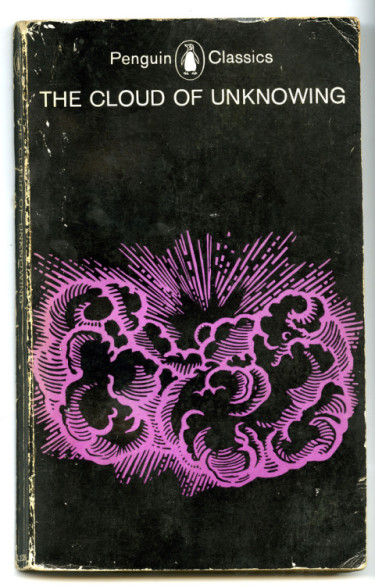
© Photo by Paula Court.
In a culture that hails knowingness, it’s super challenging to remain open to possibility. We construct our identity and beliefs largely (if not entirely) based on identities and beliefs that already exist. This is inevitable and in many ways a good deal. In another sense, however, we build up imprisoning force fields and fortresses of ideas that create a static version of how we see ourselves, others and the world. In his book, Unbalancing Acts: Foundations for a Theatre, director/playwright Richard Foreman eloquently describes this pattern and its hindrances:

“Society teaches us to represent our lives to ourselves within the framework of a coherent narrative, but beneath that conditioning we feel our lives as a series of multidirectional impulses and collisions. We’re trained to see our lives as a series of projects, one following the next along the road of experience, and our “success” depends upon how well we progress from project to project. But travelling this narrow road shuts out a multitude of suggestive impulses and impressions- ephemeral things that feed our creative insight and spiritual energy. It’s as if we were wearing blinders to restrict our emotional field, making us spiritually and psychically uneasy with the normal ambiguity of our everyday experience. So we compensate. We make self-righteous demands that noncontradiction be the basis of our value systems, but that inevitably means the suppression of all sensory richness.”
If we follow the same pattern as Foreman describes and attempt a knowing coherent path to our creative process, we will most likely begin by establishing a definition of what a creative something or somebody is and isn’t. And in doing so we’ve potentially decided that our creative process must act in accordance with those parameters. In other words, we decide what art and a creative process is supposed to look like (based on what someone else told us it’s supposed to look like) and we think that’s what we want. Then we want someone to show us how to get it- just give us the steps (or maybe we even just decide we are not creative). Another playwright, George Bernard Shaw, cautions us:
“The moment we want to believe something, we suddenly see all the arguments for it, and become blind to the arguments against it.”

Miami Street Art
Every student I meet comes with their fortress of preconceived notions around creativity. I once had a solid construction with forcefields to hide behind (and I continue to chip away at bits, while forming new ones to chip away at). At some point we just have to get over ourselves (that’s who really is in our way) and we have to knock down those walls somehow. Because we don’t actually want to be in the fortresses we’ve built, it’s just a habit that gets harder and harder to kick. And sure, it’d be real nice if someone could just take the wrecking ball to it for us. We could just watch from a safe distance in our lawn chair. But we have to do it from the inside out since no one else knows exactly what we’ve built and what we’ve built it with. Chances are, you may not even know what beliefs you’ve used to construct it. Here’s where I may be able to help.
I have composed a rough list of common presumptions (some knowingness) that tend to impose limitations on an individual’s creative development. Some of these used to hold me back and some have been expressed by former students.
Train yourself to let go of everything you fear to lose.
-YODA
*Disclaimer: No copyright infringement intended. I do my best to track down original sources. All rights and credits reserved to respective owner(s). Email me for credits/removal.
